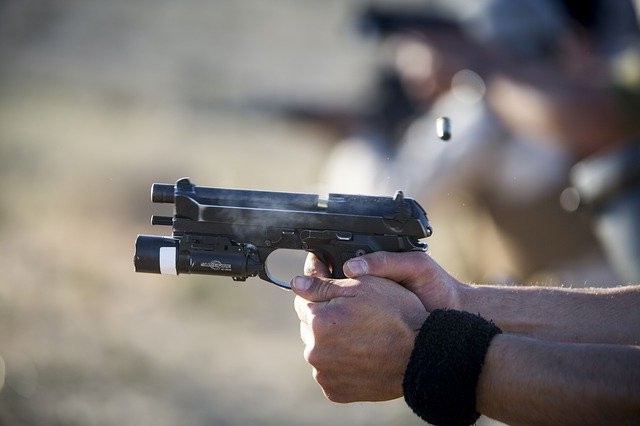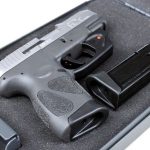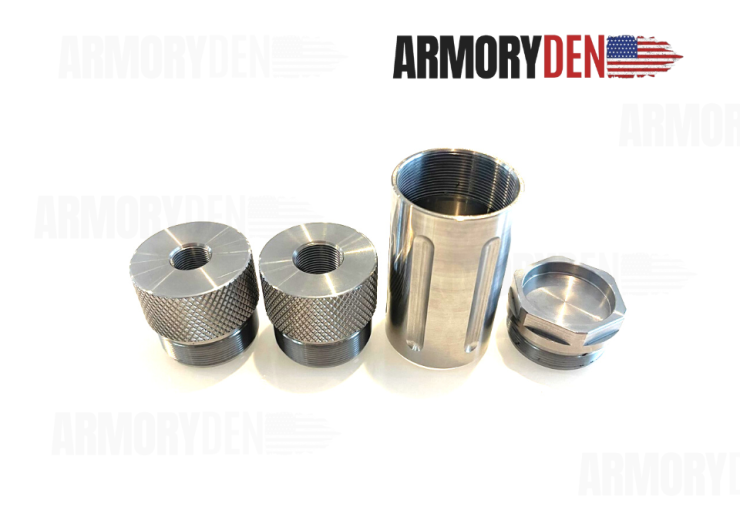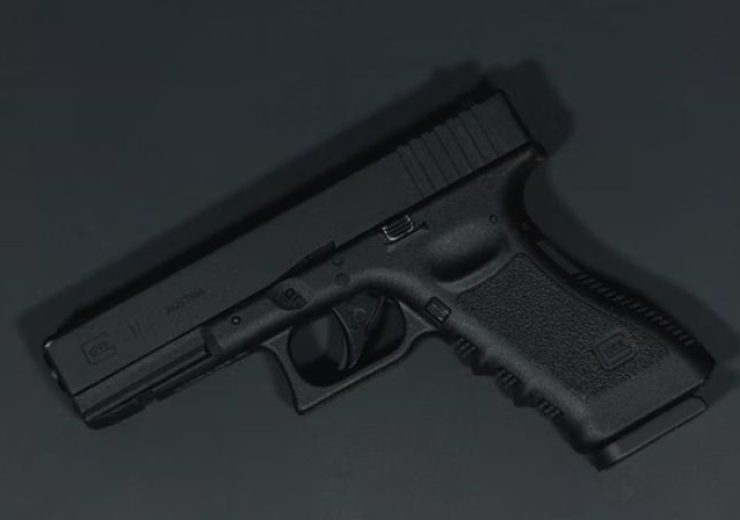
Top 10 Tips For Choosing The Right Self-Defense Firearm
In the event of a home invasion, most people will find themselves at a disadvantage because they are typically caught off guard and have little time to react. If you live in an area with a high crime rate or if you tend to explore secluded areas when hiking or camping, it’s essential to have a self-defense plan in case of an emergency.
Many different self-defense firearms are available when it comes to protecting yourself from a potential assailant. So how can you determine which type is the best for you? Here are some tips to help you out.
Check if it’s Beginner-Friendly
If you have no experience with firearms, you must ensure that your first firearm is beginner-friendly. Some types of firearms are more challenging to operate than others. Hence, they are not suitable for beginners. For example, some handgun models come with manual safety, which often complicates usage for someone still learning to handle a handgun. When choosing a firearm for a beginner, you might consider a revolver or a pistol with an external thumb safety, which some people find more straightforward to use than an internal safety.
Know Your State’s Self-Defense Laws
Self-defense laws vary from state to state, so you must know your state’s laws before buying a firearm. State self-defense laws outline the requirements for firearm ownership. They determine which type of firearm you can own and how you can carry it. In most states, you must be 18 years old to purchase a rifle or shotgun and 21 years old to purchase a handgun. Seven states and the District of Columbia have even banned assault rifles.
Assess Your Environment
Environment plays a significant role in the choice of firearms. The distance between your home and where you plan on carrying your firearm may affect your decision. For example, if you live in an area with a high crime rate, you may have to carry your firearm on public transportation or drive long distances in your car. In that case, you’ll need a short firearm for easy concealment. Conversely, if you live in an area with plenty of space to practice shooting, you may opt for something more extensive, like a shotgun or semi-automatic rifle.
Decide on the Trigger Pull
The trigger pull is the amount of force required to pull the trigger, and it can vary depending on the type of firearm you buy. A lightweight handgun might have a much lighter trigger pull than a powerful rifle. This type of trigger is easier to squeeze, so it might be the best option if you plan to use it only at home to deter a home invasion.
Some people don’t like light trigger pull firearms because they’re worried about accidental discharges. So it might not be the best option for people who wish to carry them around frequently. Moreover, heavier trigger pulls are more beneficial for accuracy, so if you’ve got any hunting plans, you might want to go for heavy trigger rifles.
Determine Caliber
Depending on the caliber of your firearm, you need to consider the type of sight that is best for your needs. For example, buying a small handgun would work better with a red dot sight than a magnified scope. Conversely, a long-range scope would be more suitable if you want to accurately shoot at long distances — distances especially if you want your self-defense firearm to double as a hunting piece.
Watch Out for Recoil
Recoil is the backward push that a firearm experiences when it discharges ammo. This phenomenon is mainly responsible for shooting inaccuracy, especially with handguns. Recoil can be very different depending on the type of firearm, so it’s essential to understand how your chosen firearm reacts before paying for it. Using a lighter, more compact firearm can help you reduce the muzzle velocity. Alternatively, consider using small-caliber rounds; or powerful spring-driven rifles.
Consider the Cost
There are different types of firearms to choose from, each with a different price tag. Entry-level firearms typically start at around $150, while high-end models cost upwards of $5,000 or more. As with anything else, the more money you’re willing to spend, the higher quality and more excellent features you can get. Entry-level firearms are a great option for beginners because they’re affordable and easy to maintain. High-end firearms usually require the expertise of a professional gunsmith to maintain, so they’re not recommended for beginners or people on a tight budget.
Check the Brand
Before you buy a firearm, make sure you know the brand. Choosing the right brand will determine whether you’ll have a positive experience with your firearm. One way to ensure that you buy from quality brands is to seek recommendations from a reputable dealer. You can also look at online forums and reviews to understand how consumers feel about a brand.
Consider the Maintenance Needs
Over time, you may need to replace parts or accessories on your firearm as they wear out. Your firearm choice will also determine the type of gun solvent trap. If the costs of these parts and accessories are high, it can significantly increase the overall cost of ownership. Ensure that you’re comfortable with the anticipated maintenance cost of the firearm.
Prices of Ammo
Some types of bullets are significantly more expensive than others, even though they serve the same purpose. Compare prices for different types of ammo before making your final decision. This will help you better understand what it will cost you in the long run to use your firearm.
No matter which firearm you buy, investing in the right cleaning kits and tools is essential too. Armory Den has an extensive solvent trap collection that facilitates firearm cleaning and maintenance. These accessories can help you clean your firearm more efficiently and maximize storage performance.
References:
- https://shop.roundedgear.com/blogs/news/10-tips-for-choosing-the-right-self-defense-pistol
- https://www.google.com/amp/s/en.as.com/en/2021/03/24/latest_news/1616614063_422035.html%3foutputType=amp
- https://www.google.com/amp/s/www.outdoorlife.com/guns/shotgun-trigger-pull-weight/%3famp





